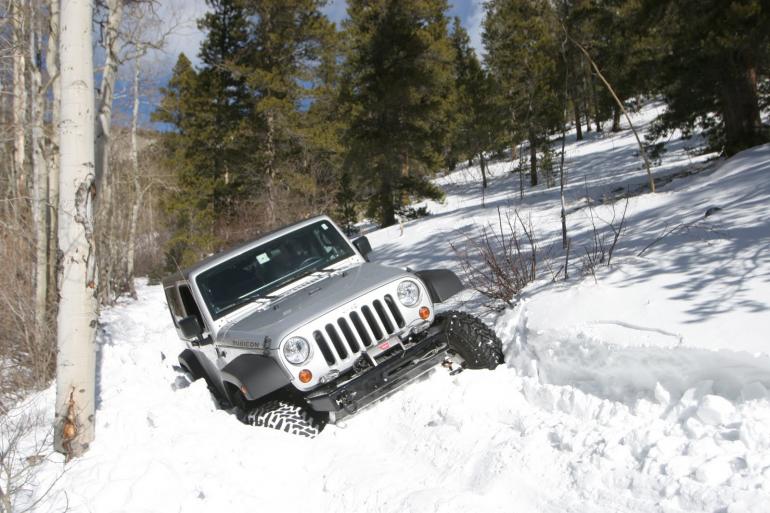Winter Driving Kit
For the last four years I’ve been teaching one day a week in Billings. Remarkably, there has been just one day when weather kept me from making the trip. There have been many days when I’ve driven past a dozen cars stuck in the ditch, though, and one day when I went down the hill to Livingston sideways. Between November and May I carry the biggest available Rubbermaid bin filled with gear to deal with sudden, but not unexpected, storms.
Whether you’re going as far as Big Mountain to find good early snow or as near as Hyalite to climb ice, Montana’s winter weather can change extremely fast. Blizzards happen. Even when the snow stops falling, the wind can come up, and you’re suddenly in the whiteout of a ground blizzard.
The purpose of the Winter Driving Kit is to be able to:
• First, get quickly unstuck.
• Second, get to a safe place in bad conditions to wait out the weather.
• Last, be able to spend the night out in the car, if the worst happens.
So prepared, you can also heroically rescue another, less prepared, motorist. You already have many of these items. The rest can be purchased at Wal-Mart or the equivalent, and they don’t have to be expensive.
I like to keep small items in a duffel or pack:
1. Matches and fire starter or butane lighter
2. Candles (produce remarkable heat inside a car)
3. Metal Sierra style cup or pot
4. High calorie foods—chocolate, peanuts, etc.
5. Leatherman-type tool or swiss army knife
6. Compass
7. Nylon string, 200 meters, fluorescent color if possible (North Dakota farmer trick: tie one end to you or the car and unroll as you slowly and carefully explore your situation. Or find the barn to feed the livestock.)
8. Wool or thinsulate cap
9. Mittens
10. Dry wool socks
11. Plastic bags, to line and ‘waterproof’ boots and mittens (bread bags are good)
12. Sleeping bag (down that fully unzips is best)
13. Sorel Pacs, or similar
14. Jumper cables or emergency starter device
15. Tire chains (or the less versatile pair of folding gripping devices)
16. Bag of sand or lighter weight and equally effective clay-type kitty litter
17. Shovel (army-surplus folding is too cheap, full-sized is too big; children’s garden shovel is just right)
18. Your always-carried regular emergency kit which contains: first aid kit, flashlight and spare batteries, duct tape, tow rope or strap, flares or reflective triangles, tire inflator in-a-can, tire pressure gauge, tool kit, emergency fan belt, siphon (optional, but handy)
Prevention is always superior to dealing with a problem. To know what you’re getting into, just before you leave check the weather forecast and the Montana Road Report (mdt.mt.gov/travinfo or dial 511 or 800-226-7623). I also highly recommend reading the Winter Survival Handbook (auto, not wilderness camping), which you can read in PDF-form here, or request from the Winter Driving Maps page on the state website. And always keep your vehicle
well-serviced.
“Get outside and stay outside”—Mike Garcia
Dean Center, M.D., was a physician at Family Doctors’ Urgent Care in Bozeman.












